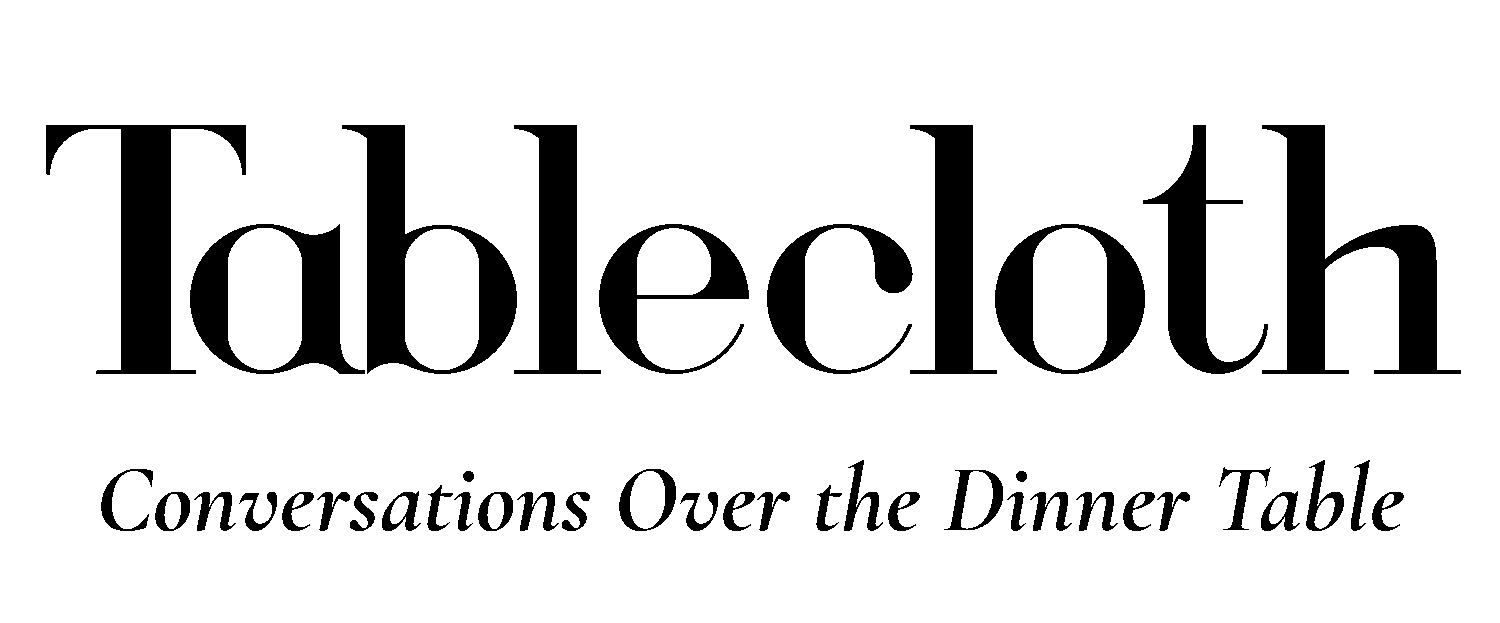Category: Bites
MumTok Will Take Care of Your Mess
The rise of the Barrier Bumper
Chop, chop… BOOM!
Introduced in 2022, the Public Order Bill is set to destroy foundations of a democratic right to be heard. We reveal tips on protesting after the passing of the bill in early 2023
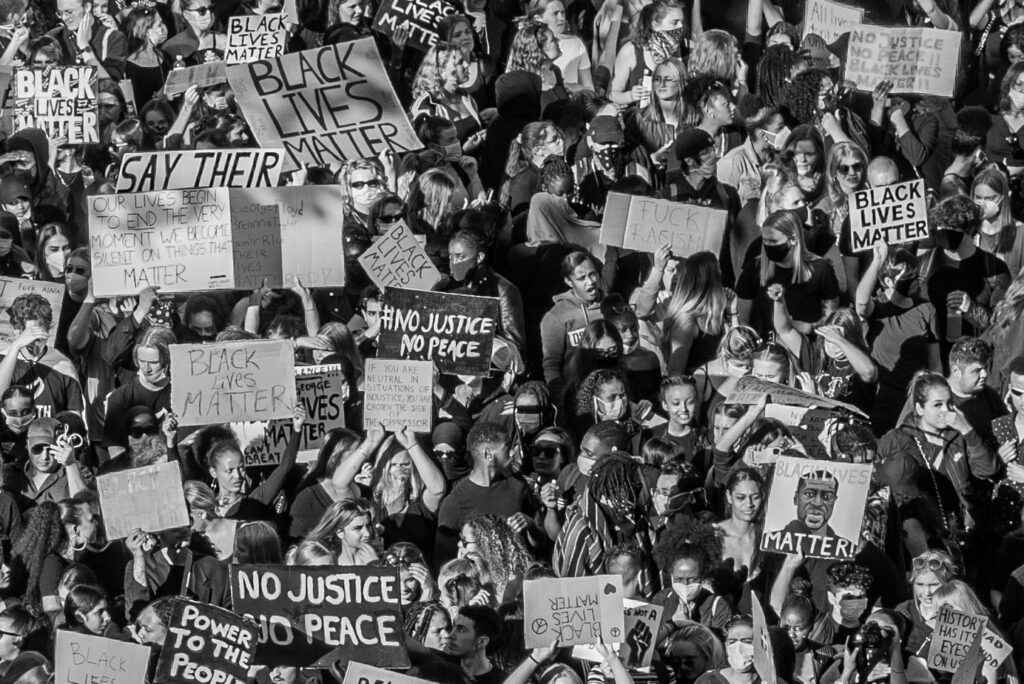
The Public Order Bill, that is still moving through Parliament, aims to introduce a series of measures that, detractors argue, intend to destroy the foundations of a democratic society. Aiming to take away our freedom to voice our opinions with noise restrictions and much more, consequently the purpose behind protesting. With a huge increase of protests over the years across the United Kingdom, the policy taken our right to be heard and silence criticism against the government.
If the bill should pass, police would have extended powers to impose conditions onto protests and protesters, stop and search anyone attending a protest (even without suspicion), restrict the amount of people who attend and even decide who can attend and now what you do online surrounding the protests.
Previous protests such as the Black Lives Matter movement in 2020 to more recent protests from ‘Just Stop Oil’ that utilise disruption in the form of blocking motorways, access to buildings, chaining themselves to each other or objects and noise disruption level to protest are now all being used as main targets under the new law.
Whilst this all makes it seem impossible to get your voice heard, here are seven things we’ve been chatting about over dinner…
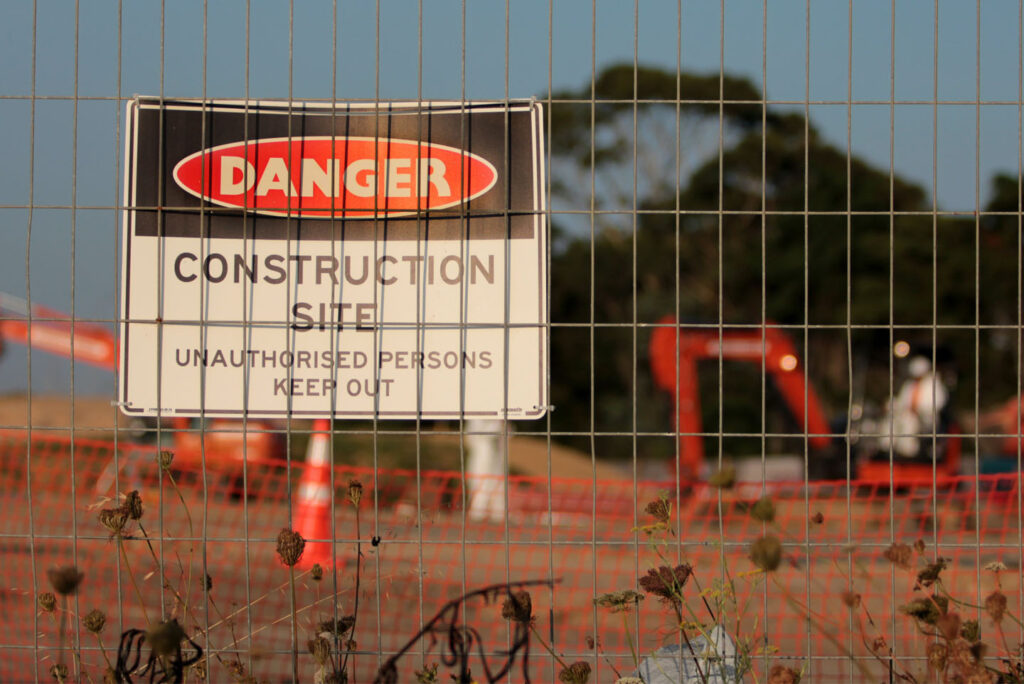
One- For starters, if we are thinking about organising a protest, we’d better tell the police.
Though it is still legal to protest under the European Convention of Human Rights despite the U.K. leaving the EU.
The decision to notify the police beforehand means you can establish ground rules for the protest, you just make sure everyone follows them.
Two- We must know what conditions the police can impose on protests too
As well as being allowed to stop and search anyone attending a protest, the police are allowed to impose conditions onto the protest and protesters. Conditions include a restriction to location, the duration and the number of participants allowed to part-take and the time a protest can go on for.
three- There is also the thing about space…
You cannot protest on private property, without being considered trespassing and can be arrested for this, as well as aggravated trespassing. If you are now considered to be disrupting an organisation or two or more persons, the police would have powers to impose conditions (tip 2) onto your protest, fine protesters and even arrest organisers.
The current state of the bill identifies ‘tunnelling’ as protesting on any construction site. Under the new bill this will no longer be allowed, maybe due to health and safety reasons more than disruption.
Police would also prohibit protests in a specific area, and up to a five-mile radius, for up to three months but only if they believe that due to circumstances in the area, such as overcrowding during rush hour, conditions would be insufficient to prevent serious public disorder.
four- This is kind of silly but… the noise we make is also about to change
Though this is the main point of a protest, the bill doesn’t agree, and neither will the police. If they consider the noise to be of disruption to people or organisations nearby, you can be fined and arrested.
It is currently noted on GOV.UK that imposing conditions based on noise will vary. How long a protest goes on for and even if the buildings they are protesting in front of feature double-glazed architectural features that block out noise are all factors on what and if conditions can be imposed on your protest.
These rules also apply to static protests.
Controlled areas based on the noise disruption means that government is looking to restrict protests in or around Parliament.
Five- Penalties and imprisonment
As well as being fined up to £1,000 for failing to comply to a stop and search you could be fined £1,000 for participating in static, prohibited and trespassory protests, £2,500 for organising or inciting others to join into these protests and/or 3 months imprisonment.

Six- Legal observers may be a good idea
You can arrange for a legal observer to be present and monitor the police as well as protesters, to provide legal information and support to protesters. You can find access to legal observers through the Independent Legal Observer Network.
Legal observers may even be volunteer law student, surprisingly not everything comes with a price.

Seven- Know who can support you!
Whilst being able to afford a legal observer may only be for larger organisations, it is helpful to know where you can access support. Across the U.K. there are many solicitors that offer 24/7 support in London. These include:
Commons Legal: 020 3865 5403 ITN Solicitors: 020 3909 8100 Hodge Jones & Allen: 0844 848 0222 Bindmans: 020 7305 5638
Link to the government website bill
All images, Ⓒ unsplash.
Marvel Has a Dilemma: Quantity or Quality?
Ant-Man and the Wasp: Quantumania quickly became one of Marvel’s worst films released but it is only the beginning of a new phase of years’ worth of content from the company’s Cinematic Universe.
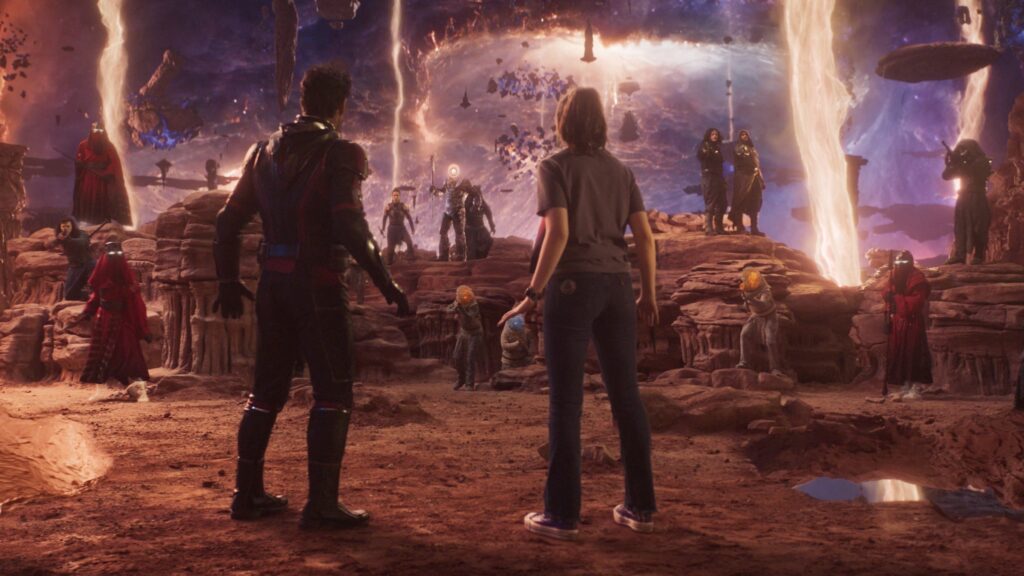
Ant-man and the Wasp: Quantumania kicked off phase 5 of Marvel’s Cinematic Universe (MCU), further dividing the fanbase and leaving the future of the superhero universe on a questionable streak all within its 125-minute runtime.
Despite Marvel’s frivolous cinematic history with the likes of ‘Avengers: Infinity war’ and ‘Civil War’, recent projects such as ‘Eternals’ and Quantumania raise the doubt of whether the franchise is running out of steam and rather prioritising quantity over quality.
The sequel hit our screen over four years after the release of ‘Ant-Man and the Wasp’, with Paul Rudd returning as Scott Lang (Ant-Man), Evangeline Lilly as Hope van Dyne (Wasp), Michael Douglas as Hank Pym, and Michelle Pfeiffer as Janet van Dyne. The movie also featured new star Kathryn Newton as Cassie Lang, after Marvel recast previous Cassie Lang actress, Emma Fuhrmann who played the role throughout previous Ant-Man films.
Ant-Man and the Wasp: Quantumania’s synopsis follows the characters, as they explore the Quantum Realm, a universe that was not mapped out in great detail until recently, subsequently introducing new civilisations never seen before within the MCU.

This time, the Quantum Realm triggers the fifth instalment of the MCU. Known as the ‘multiverse saga’, the new stage is set to see releases up until late 2025.
Flashbacks in the film to Janet van Dyne’s 30 years of being stuck in the Quantum Realm show that she found Kang the Conquer when he was exiled by the Council of Kangs for becoming too powerful and longing to be the only version of Kang in the multiverse.
Upon reveal who Kang truly was, Janet destroyed the power source using Pym Particle, ending with both Janet and Kang still being stuck in the Quantum Realm. Despite destroying any chance of Kang refuelling his ship, she gave him back his suit and some of his powers back.
Kang, who is a time warlord, holds superhuman strength, speed and endurance alongside energy projections and of course, time travel.

Films released throughout phase 5 will see superheroes gaining new powers and relationships with one another. These will build up over the phase, as well as tensions between the superheroes and Kang until ‘Avengers: The Kang Dynasty’, where viewers will see the last huge battle between the new Avengers and Kang.
With films scheduled for release across the next three years, we wonder: what does the future of the MCU look like?
Well, screenwriter Jeff Loveness’s abilities have come under controversy after Quantumania received scathing reviews and became one of the worst rated Marvel films to ever be released.
Fans are left wondering if Loveness is up to the job, as he is also set to write for ‘Avengers: The Kang Dynasty’, possibly the biggest film to release in phase 5 of the MCU.
The cringeworthy, often boring, and annoying screenwriting comes with Marvel’s recent downfall in quality, most notably in the form of bad CGI such as the depictions of comic book character MODOK, that clearly shows the company’s recent admiration to quantity over quality.

Marvel is churning out a disproportionate number of characters into the MCU currently. Many speculate that there are too many storylines happening at once, meaning important figures become background personalities and their storylines downsized or missed opportunities.
Next on the Marvel movie release line up:
All images, Ⓒ Disney.
How Do Our Words Taste?
If words can communicate more than their written content, recent studies also suggest that letterforms can even have a unique taste with some perceived as saltier and others as sweeter
From the lines you are reading right now to the words written on the packaging of your dinner, fonts are ubiquitous carriers of the messages we read and digest every second.
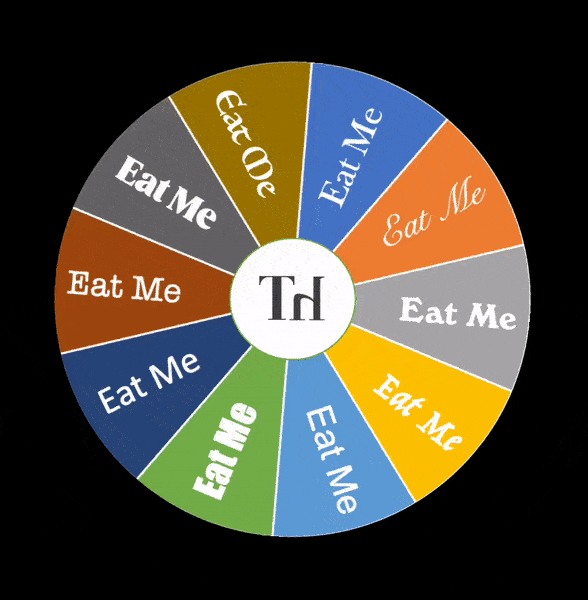
But letterforms are capable of determining much more than their semantic content. Each preference conceals a tone, a mood, a gender stereotype, and might now also have a distinctive taste.
For Tablecloth’s cover logo we chose ‘Voor’, a font designed by Brazilian artist Renato Forster. The words you read throughout our stories are written in ‘Cormorant Garamond’, a Serif family created by Dutch designer Christian Thalmann. Both, we believe, embody the dainty but breezy character of our magazine.
Brands and their logotypes can become so intertwined that, without a continuous correlation, their identities could be also jeopardised. What would happen to Coca-Cola with no ‘Spencerian Script’ for its trademark? Or to Netflix without ‘Bebas Neue’, or Spotify with a typeface that is not ‘Gotham’?
Companies which had the bravado to take the risk and change, either ended up facing enduring criticism before customers familiarised with the move or had to bow to an about-face. In 2010, when clothing and accessories retailer Gap presented its new logo, it was soon forced to bring back the old Blue Box following comments that labelled the fresh one as “trash” or akin to a “pharma firm”.
Along with personality, the frontiers of debates on typography might be even expanded to taste. Research coordinated by the Department of Experimental Psychology at University of Oxford showed that people can match typefaces to taste words, like sweet, sour, salty and bitter, based on their roundness or angularity. Yet, this is not just about envisaging ‘Times New Roman’ as classic as a Full English Breakfast or a Shepherd’s Pie.
In two complimentary experiments, participants were given different pictures of the words ‘eat me’ written with fonts that ranged from more curvaceous to sloping shapes. Scholars asked them to arrange and combine each typeface to a taste word, and select those which they preferred and were easier to read.
The results demonstrated that people would single out rounded fonts as more readable. Processing fluency, as scholars described it, was received as an element that can positively alter the way fonts are perceived, for stimuli that are simpler to interpret might be experienced as more attractive.
“Legibility […] is proving to give some headway in terms of thinking about what are really the visual factors that affect the way we perceive, read and take in information,” said Professor Eric Kindel, Head of the Department of Typography and Graphic Communication at University of Reading, who however dismisses studies solely based on psychological dispositions. “[Readability] moves away from personality as such and more towards attributes of letterforms, typefaces, and contexts of reading.”
But the way fonts are then associated to food tastes is in fact due to an affective correspondence. As sweet is commonly favoured as a pleasant taste, researchers state, people might relate it to words written with types that are more readable and popular. In turn, as fonts tend to become pointy, a connection with salty or bitter tastes can be triggered.
“Your very instinctive response is to curves and angles. Angular pointy shapes look aversive; we like curves, we don’t like angles,” said Sarah Hyndman, graphic designer who co-authored the paper and founded Type Tasting, a studio to measure emotional and multisensory responses to typography. “If something is putting you on alert with angles or scary shadows, then when you’re eating, you’re also still on alert for anything that might be sour, which means it’s possibly unripe or poisonous.”
The findings might be specifically relevant to designers and marketers, as logos and claims on the packaging could potentially lead buyers to anticipate a particular taste in the food they purchase.
“Something that goes unnoticed by most is that typography actually affects the entire consumer experience,” said Professor Carlos José Salgado, Director of NeuroSmart Lab at University of La Sabana who conducted research on how our behaviour as customers is influenced by shapes and colours. Fonts “also interfere in how we perceive foods, as well as the familiarity of brands or the softness of the fabric in a garment.”
What remains dubious is whether a predilection simply based on a hedonistic reaction to fonts might obscure health concerns over sweet products. As decisions at the grocery store are often taken subconsciously, a fair solution could lie in the middle – with a guilty plea made before getting to the tills.
“If you look in your shopping basket and think, ‘Oh, I’ve chosen that maybe because the packaging told me this, this, and this, but I’m still going to enjoy it anyway’, you should leave it” there, Hyndman said. “If you have a little bit more awareness of the process that you went through, that’s a win.”
Just so that you know, Tablecloth’s words are nothing to worry about. Our fonts are neither too sweet nor too salty but are disposed towards a slightly luscious and sugary aroma. We are nutritionists’ faves.
*
This article is part of Laying the Table, the column that explores all the ingredients used in the making of Tablecloth magazine.
Can Literature Save the Planet?
In the fight for climate justice, awareness is the beginning. For Earth Hour 2023, we recommend five fiction and non-fiction titles to understand the climate crisis and live in the Anthropocene
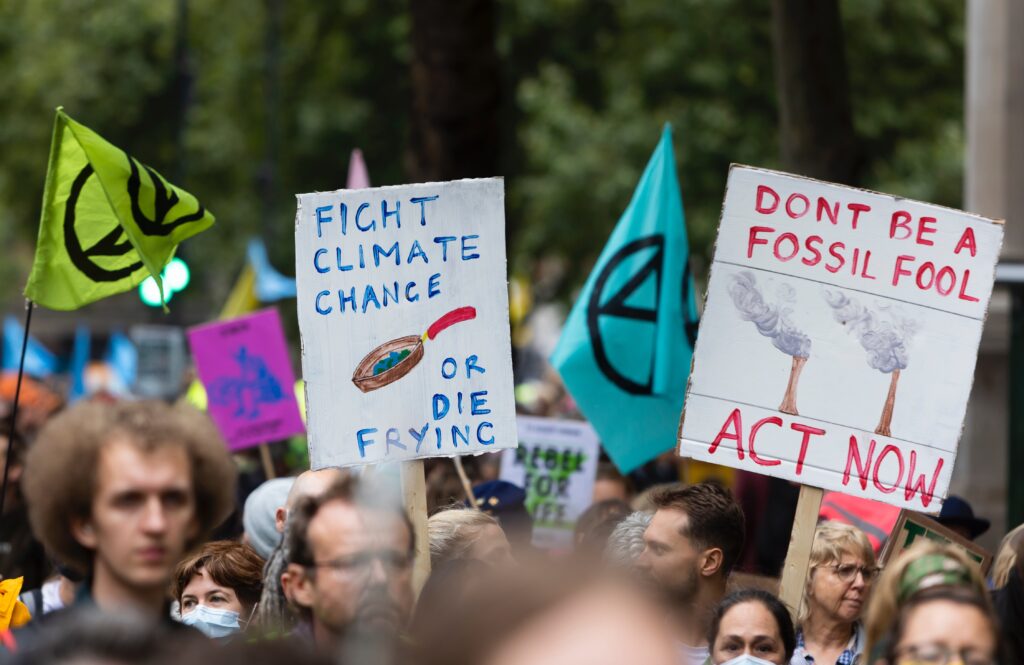
Young people protesting for climate change. Free-to-use photo supplied by Centre for Ageing Better.
Every era is marked by changes that define it through history. For the Earth, it all started with the Hadean, a geological eon commenced over four billion years ago as the planet formed. The hardening of its crust triggered the new time of the Archean; the Proterozoic brought about the first living organisms and slowly oxygenated the atmosphere. The most recent eon, the Phanerozoic, saw the wide emergence of complex life forms of animals and plants up to the era of the Holocene, when human history began.
But as human indomitable activity, colonial exploitation and capitalist greed damaged the world irreversibly, the need to declare a clear-cut epoch arose among scholars. We are now children of the Anthropocene.
Amid global climate activism, also literature responded. Essayists adjusted their monocles to assess the emergency and study possible pathways to change; poets and creative writers drew on the alterations yielded by the crisis and fed their imagery with dystopian dimensions through the burgeoning literary wave of climate fiction – or cli-fi.
Cli-fi, academics estimated, could even positively affect our behaviour. “Readerly engagement with evocations of a world irretrievably disrupted by climate change, ecological damage and species loss constitutes a rich and generative way that people are learning to understand and live with climate crisis [which] may constitute a step towards fighting for climate and environmental justice,” said Dr Miranda Iossifidis, lecturer of sociology at Newcastle University, who worked on a paper that investigated the effects of cli-fi.
Heat waves, wildfires, droughts and floods have been the symptoms of a depleting disease that we all gradually became aware of, but that decision-makers often wilfully overlooked.
Last year was declared U.K.’s hottest on record and the fifth worldwide, with temperatures exceeding 40C, as a damning report released by the United Nations’ Intergovernmental Panel on Climate Change in March 2023 issued a final warning to act before it is too late.
Rising temperatures and severe climate conditions lead millions to fall into penury. The World Bank, a financial institution that provides capital for international development, suggested that a staggering 26 million people are annually forced into poverty due to extreme weather.
“Storms, floods, and droughts have dire human and economic consequences, with poor people often paying the heaviest price,” said Jim Yong Kim, former president of the World Bank, in a statement published by the partnership.
Among the initiatives to spur a modest change, the WWF started a symbolic flash-mob in 2007 to shed light on climate change with a brief collective action. Earth Hour, the movement’s name, annually asks to take part in a mass effort to turn off electrical devices for just an hour, usually between 8:30pm and 9:30pm, on the last Saturday of March.
Over the years, Earth Hour soon achieved global, impressive milestones becoming the world’s largest grassroots group for the environment by 2009.
“Electricity savings are important because they demonstrate the potential role played by [people’s] behaviour,” said Dr Alan Meier, senior scientist at Lawrence Berkeley National Laboratory who co-authored a comparative analysis of the electricity impacts of the movement.
Some of the revolutionary attitude we are capable of, though, often starts with awareness. This is why we decided to review five fiction and non-fiction books that delve into this precarious time from different perspectives ahead of the next Earth Hour on 25 March.
‘Annihilation’ by Jeff VanderMeer
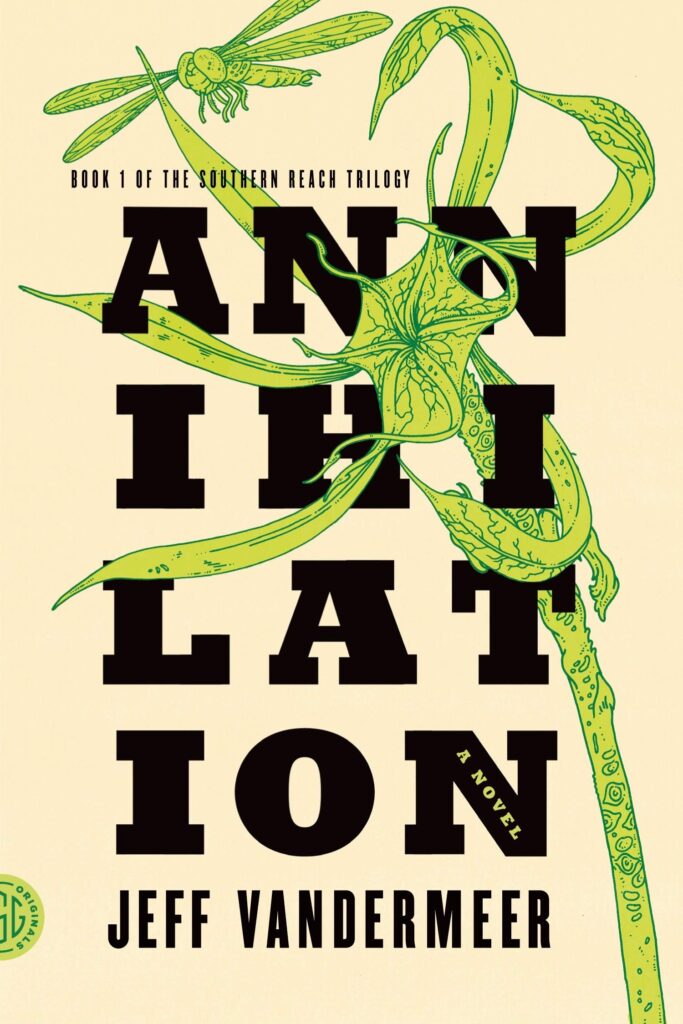
In this fictional novel on the effects of climate change, ‘Area X’ is a zone where an environmental cataclysm has engendered an ecosystem that might now perilously contaminate our world and transform it irredeemably.
Several previous expeditions of the fictitious governmental agency ‘Southern Reach’ into the area failed: some researchers committed mass suicide; others killed each other.
The latest attempt is made by the main characters of this book: four women, whose names are given by their professions (surveyor, anthropologist, psychologist and biologist). The biologist, who acts as narrator in the story, will take the reader through the horrifying, Lovecraftian world where nature takes its revenge.
But the madness of this unstable territory made of malformed creatures and slimy paths will try “to colonize you: from the outside in, forcing you to live in its reality,” VanderMeer writes. Here lies the parallelism with climate change: confrontation becomes pivotal to avoid that what is confined in this eerie space reaches us.
‘The Water Knife’ by Paolo Bacigalupi

What if, in a very-near-future, access to water had to be contended in a war between companies? Or, what if “some people had to bleed so other people could drink,” as Bacigalupi suggests? These questions are the starting point of this other trailblazing cli-fi novel.
Angel Velasquez is a felon who is released from prison by Catherine Case, a ruthless business magnate.
She hires him to commit a series of crimes and destroy Arizona’s water supply, managed by a rival firm. For the sake of her profits, Velasquez – the ‘water knife’ – will investigate, spy and kill.
In the background of his endeavours, stifling torridity and parched lands are the grim effects of climate change that, given their daunting realism, will keep you short of breath.
‘Out of Time: Poetry from the Climate Emergency’ edited by Kate Simpson

In this collection, poetry is employed to “ask questions, subvert expectations and raise awareness” on the Anthropocene, writes Kate Simpson in her preface.
The poems are divided chronologically in five sections. ‘Emergency’ is an assessment of the current condition of our planet: “soil, rivers, oceans, seams of hot tar, broken glacier chips and molten yolk.”
Then comes ‘Grief’, where the reader can smell the forest where trees were felled, “ancient and piney, earth’s incense rising.”
The section of ‘Transformation’ marks the beginning of our redemption. We wonder: “what would the trees say about us? […] if they had to cut us down?” ‘Work’ and ‘Rewilding’ close the collection with a hopeful optimism: after correction, we realise “it is worth living, just to hold it.”
From each sale, 50p will be donated to Friends of the Earth, the UK’s largest grassroots environmental campaigning organisation, in celebration of their 50th anniversary.
And for the non-fiction fans…
‘The Uninhabitable Earth’ by David Wallace-Wells

Building on a New York magazine article that became the publication’s most viewed ever, the editor David Wallace-Wells tells you the truth, just the way it is, on climate change: it is “much worse than you think.”
This non-fiction book is a comprehensive reading of annals of climate denialist inactivity and the effects this produced and might generate in the future.
But if you ever wonder of acclimatising to statistics, outspoken facts will shake you out and remind you of the importance of immediate change.
This era will be marked by harrowing circumstances. Paraphrasing his words, ice sheets will start collapsing, global G.D.P. per capita will be cut by 13 percent, 400 million more people will experience water scarcity, major cities in the equatorial band of the planet will become unliveable, and heat waves will kill thousands each summer.
Yet, despite the gloomy predictions, action can still “bring a happy ending,” the author writes. A green energy transition, taxes on carbon emissions, as well as processes of carbon capture and underground storage can make for effective steps to prevent even worse scenarios.
‘Down to Earth’ by Bruno Latour
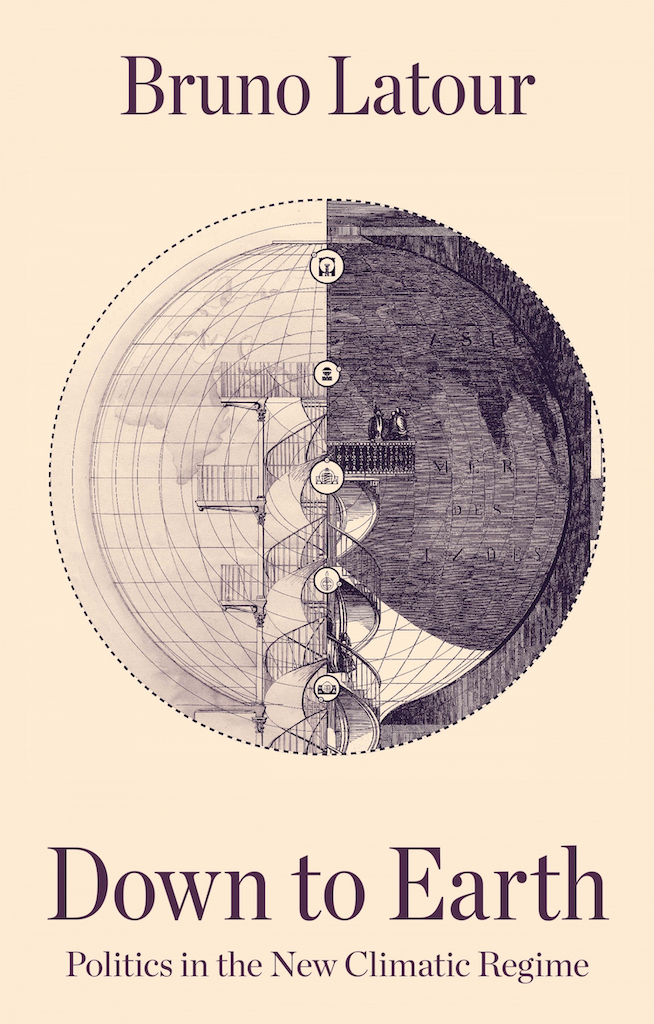
Politics is responsible for change. But how politics can change things remains a mystery.
For the late philosopher, who thoroughly studied the relation between politics, technology and science, the twentieth century has been defined by parallel counterparts: left and right; local and global. These, Latour argues in this essay, only led to an inefficacious position which is out-of-this-world and of static unawareness.
Through a decolonial approach, that focuses on nature rather than the individual, the intellectual offers ways to take the good of both poles and tackle the major issues of our zeitgeist. Rising inequality, mass migrations and climate change have progressively destroyed our soils; the paucity of a land where to live consequently turned all of us into ‘climate refugees’, the author says.
All nations should be protected from global hierarchies. Instead, an international orientation that is common to every state should be followed.
*
We suggest buying these books second-hand and from a physical store. However, links used throughout the article will drive you to environmentally friendly websites.
